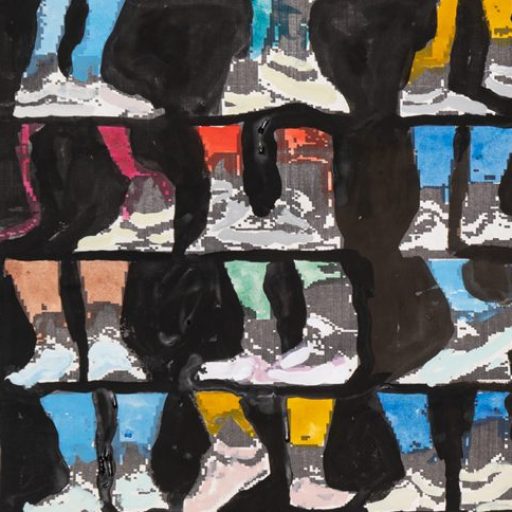Africa : Bush Symphony
In 2017, Diane George and I traveled to South Africa with a group of Zoo docents and keepers. The dynamic of the group was highly informed and focused on increasing “Life Lists” of animals. It was Bob’s 34th trip. The knowledge of the group challenged our guides to push and discover more animals and ensure we sighted the “Big Five” (lions, leopards, elephants, rhinos, hippos) during the trip. It was near our last day that we were able to get close to both lions and leopards as well as to black rhinos and honey badgers.
Sting Ray City
In April of 2018, Diane George, Chris George, Karla and I spent two days diving the reefs of Grand Cayman Island. It was my first dive with my new Sealife underwater camera and diving with a light. The quality of video improved. The Caribbean reefs have suffered a lot of damage from global warming. The wildlife is also fragile. The reefs are protected, but only after years of over fishing for sea turtles and conch. The highlight of the trip was diving and feeding Southern Sting Rays. The video shows an encounter with two Southern Sting Rays. The smaller of rays is male, named Taco, about 35 years old. The other larger sting ray is female. The rays enjoy their interaction with people. They have been coming to this sand bar for over fifty years, after fisherman started to clean their catch out by the sand bar to avoid bringing insects onto the Island.
Catskill 360
I have been walking in the woods since I was a little boy. My grandfather would take my siblings and I into the mixed hardwood forest that grew just beyond the sheep pasture being transformed into a tree farm on his nine acres, which sat on West Hollow Road just northwest of Naples, New York. After my artistic partner passed away I bought a second home in the Catskill Mountains. At sixty years old, I finally fulfilled my dream of being able to walk into the mountains with ease at each sunrise. These images were made from my residency at the Catskill Nature Preserve in 2016.
“My visual experience goes beyond a single image. I scan, pan and sample my environment using the electronic tools related to video, sound, photography, and three-dimensional imaging. I rarely create an image based on one object/one moment in time, but arrange images and sounds in a montage or collage,” says Powell. The images step beyond the frame. After being captured with a variety of techniques and technologies, Powell constructs the images to knit the environment into a holistic map or to highlight the conceptual relationships between objects, places and people.
Mountain Lake Residency
My residency at Mountain Lake Biological Station (2014) was a major milestone for me, marking a return to video as a way to express my involvement with nature. I had evolved from traditional video cameras to using many kinds of electronic imaging and sound devices to collect information. Not being a “nature photographer,” I traveled a pathway covered by many photographers before me. What I was after was a diary approach to looking at the world. I also started to turn away from electronic image processing towards variations created by lenses and wildlife cameras triggered by movement. These videos are quiet and lack spoken narrative. Random noise became my sound instruments..
